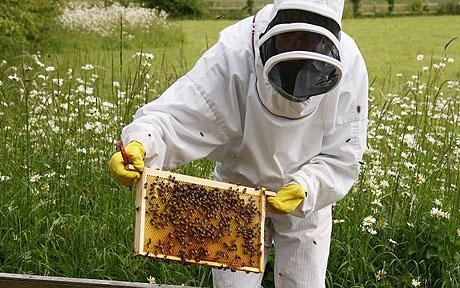A groundbreaking solution to address significant gaps in publicly available bee data, particularly from regions like Africa and Asia, has been introduced through a centralized tool designed to consolidate global bee pollinator records.
Named BeeBCD, this comprehensive package, as detailed in a recent article in the journal Nature, aggregates over 18 million bee occurrence records sourced from various public and private databases. This consolidation enhances the accuracy and accessibility of species data from across the world, with the aim of facilitating future endeavors in conservation, research, and agricultural management.
The harmonized bee occurrence datasets are expected to play a crucial role in supporting upcoming plant and crop production initiatives. They also hold significance in scientific communications, according to Dr. James Dorey, an expert in bee research from Flinders University, who serves as the lead author of an article in Scientific Data, a journal under the Nature Research umbrella.
Streamlining the process for utilizing global bee occurrence data has been a formidable undertaking and lays a solid foundation for biodiversity analysis. This becomes especially vital in light of the challenges posed by climate change, land clearance, and pollution, which contribute to escalating rates of extinction, crop failure, and the depletion of native plant diversity.
Dr. Dorey added, “Given the mounting pressures on pollinating insects and other fauna, we anticipate that this ‘democratization’ of a consistent reference point for species occurrence data will serve as a model for similar projects in the future. Researchers worldwide are already utilizing BeeBCD and its database to investigate vital questions related to bee-plant and bee-environment interactions, the impact of invasive species, as well as broader aspects of bee ecology and evolution.”
Furthermore, the project has shed light on the underrepresentation of regions with potentially rich bee species diversity, such as Asia and Africa, in the existing data collection. The creation of this central portal is expected to encourage more data reporting from these crucial yet often underfunded regions in the years ahead.
- EUREKALERT







